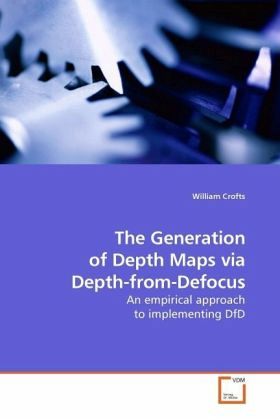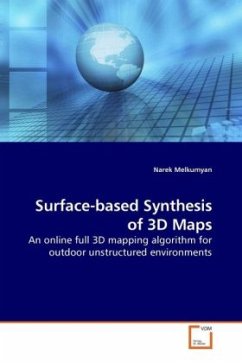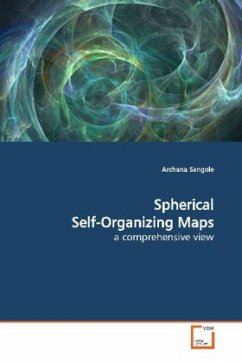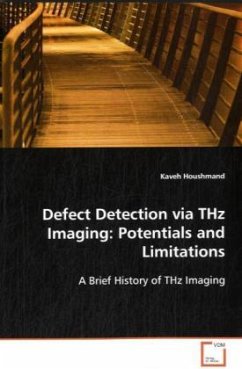
The Generation of Depth Maps via Depth-from-Defocus
An empirical approach to implementing DfD
Versandkostenfrei!
Versandfertig in 6-10 Tagen
52,99 €
inkl. MwSt.

PAYBACK Punkte
26 °P sammeln!
The principal aim of this study was to use the concept of image defocus related to feature depth in order to develop a system capable of converting a 2- dimensional greyscale image into a 3-dimensional depth map. An advantage of this concept over techniques such as stereo imaging is that there is no so-called 'correspondence problem' where the corresponding location of a feature or landmark point must be identified in each of the stereo images. The majority - and the most successful - of previous researchers in DfD have used some variation of a 'two-image' technique in order to separate the co...
The principal aim of this study was to use the concept of image defocus related to feature depth in order to develop a system capable of converting a 2- dimensional greyscale image into a 3-dimensional depth map. An advantage of this concept over techniques such as stereo imaging is that there is no so-called 'correspondence problem' where the corresponding location of a feature or landmark point must be identified in each of the stereo images. The majority - and the most successful - of previous researchers in DfD have used some variation of a 'two-image' technique in order to separate the contribution of the original scene features from the defocus effect. The best of those have achieved results typically in the range of 1% to 2% error in the accuracy of depth estimation. This book presents a single-image method of generating a high-density, high-accuracy depth map via the evaluation of the edge profiles of a projected structured light pattern. The final solution generates a depth map of up to 240,000 spatially invariant depth estimates per scene image, with an accuracy of within +/- 0.5% over a depth range of 10cm.












